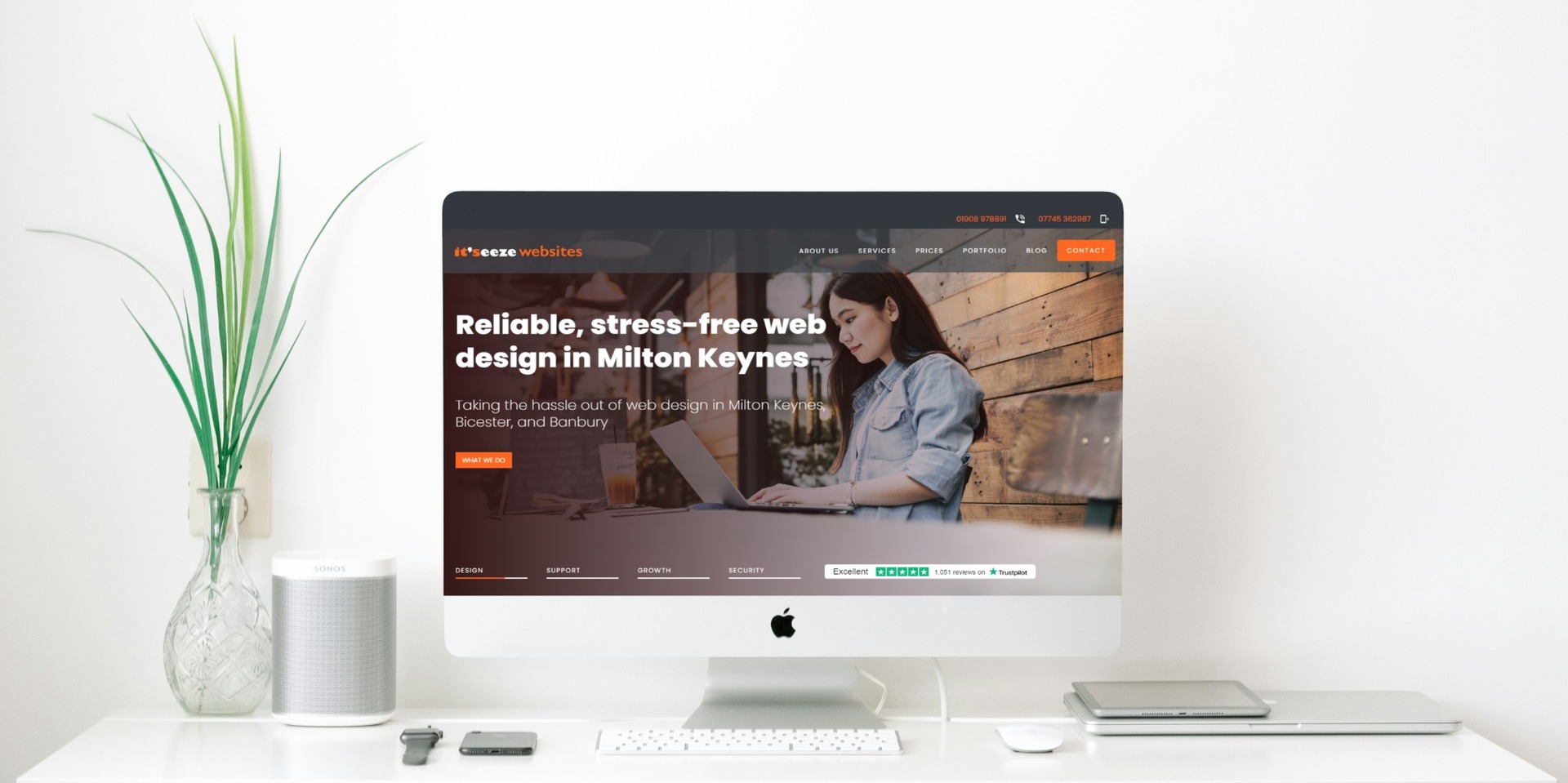Unveiling the Truth: Demystifying Common Website Design Myths
Website design, myths and misconceptions are common, often leading to misguided decisions and missed opportunities. To shed light on these misconceptions we have debunked some of the most important design myths below.
Join us as we peel back the layers of misinformation and reveal the reality behind these myths. From the importance of design beyond aesthetics to the crucial role of mobile responsiveness and accessibility, we'll explore the truths that lie at the heart of effective website design.
So, as a business owner navigating the complexities of web development, buckle up as we unravel the truth behind common website design myths and pave the way for informed decisions and impactful digital experiences. Let's dive in!
Myth: "Design is just about making things look pretty."
Reality: Design goes beyond aesthetics; it's about usability, functionality, and achieving business goals.
Effective design considers factors such as user journey mapping, intuitive navigation, clear calls-to-action, and brand consistency. By focusing on these elements, a well-designed website not only looks good but also guides users towards desired actions, whether it's making a purchase, signing up for a newsletter, or contacting your business.
Myth: "A website needs to be flashy to be effective."
Reality: Flashy elements can often distract users and hinder user experience.
Focus on clarity and usability instead by prioritising clean layouts, legible fonts, intuitive navigation, and fast load times. While visual appeal is important, it should always serve a purpose and enhance the overall user experience rather than detract from it.
Myth: "Mobile responsiveness is optional."
Reality: With mobile usage skyrocketing, ensuring your website is mobile-friendly is crucial for reaching and engaging your audience.
Responsive design ensures that your website adapts seamlessly to various screen sizes and devices, providing users with a consistent and optimised experience regardless of how they access your site.
Ignoring mobile responsiveness can lead to high bounce rates and lost opportunities for conversions.
Myth: "SEO is separate from design."
Reality: Design and SEO go hand in hand.
A well-designed website incorporates SEO best practices to improve visibility and ranking. This includes optimizing site structure, using relevant keywords in content and meta tags, optimising images for speed and accessibility, and ensuring a crawlable site architecture.
By integrating SEO considerations into the design process, you can maximize your website's potential to rank well in search engine results and attract organic traffic.
Myth: "Once the website is live, the work is done."
Reality: Websites require ongoing maintenance, updates, and optimisation to remain effective and secure.
This involves regularly checking for broken links, updating content, installing security patches, and monitoring performance metrics. By staying proactive with website maintenance, you can ensure that your site remains secure, functional, and aligned with evolving business goals and industry standards.
Myth: "More features mean a better website."
Reality: Adding unnecessary features can clutter your website and confuse users.
Focus on simplicity and functionality by prioritising features that align with user needs and business objectives. Conduct user testing and gather feedback to identify which features are most valuable to your audience, and streamline your website accordingly to enhance usability and engagement.
Myth: "DIY website builders are as good as professional design."
Reality: While DIY builders have their place, they often lack the customisation, scalability, and expertise of professional design.
A professionally designed website offers tailored solutions, personalised support, and the ability to scale and adapt as your business grows. Professional designers bring expertise in user experience, coding standards, and industry trends, ensuring that your website not only looks great but also performs optimally across all fronts.
Myth: "All websites should follow the latest design trends."
Reality: Trends come and go.
A timeless and user-centric design often outperforms trendy but impractical designs. While it's important to stay informed about design trends, prioritise functionality and usability above fleeting aesthetics. Focus on creating a website that delivers value to your users, communicates your brand effectively, and withstands the test of time.
Myth: "Website accessibility is optional."
Reality: Accessibility is essential for ensuring all users, regardless of abilities, can access and use your website effectively.
This includes considerations such as providing alternative text for images, ensuring keyboard navigation, and offering adjustable text sizes and colour contrast options. By adhering to accessibility standards, you can create a more inclusive and user-friendly experience for all visitors to your website.
Myth: "A redesign will solve all website problems."
Reality: Redesigning without addressing underlying issues or goals can lead to the same problems resurfacing.
Before embarking on a redesign, conduct a thorough analysis of your current website's performance, user feedback, and business objectives. Identify areas for improvement and establish clear goals for the redesign. By taking a strategic approach and addressing root causes, you can ensure that your redesign delivers tangible results and aligns with your long-term vision for your website.
Together, let's build a web landscape that is not only visually stunning but also functional, accessible, and purpose-driven. Here's to debunking myths, embracing truths, and shaping the future of website design one pixel at a time
Discover more about the potential of a professionally built website for your business. Talk to your local it’seeze consultant today.
Share this post:


